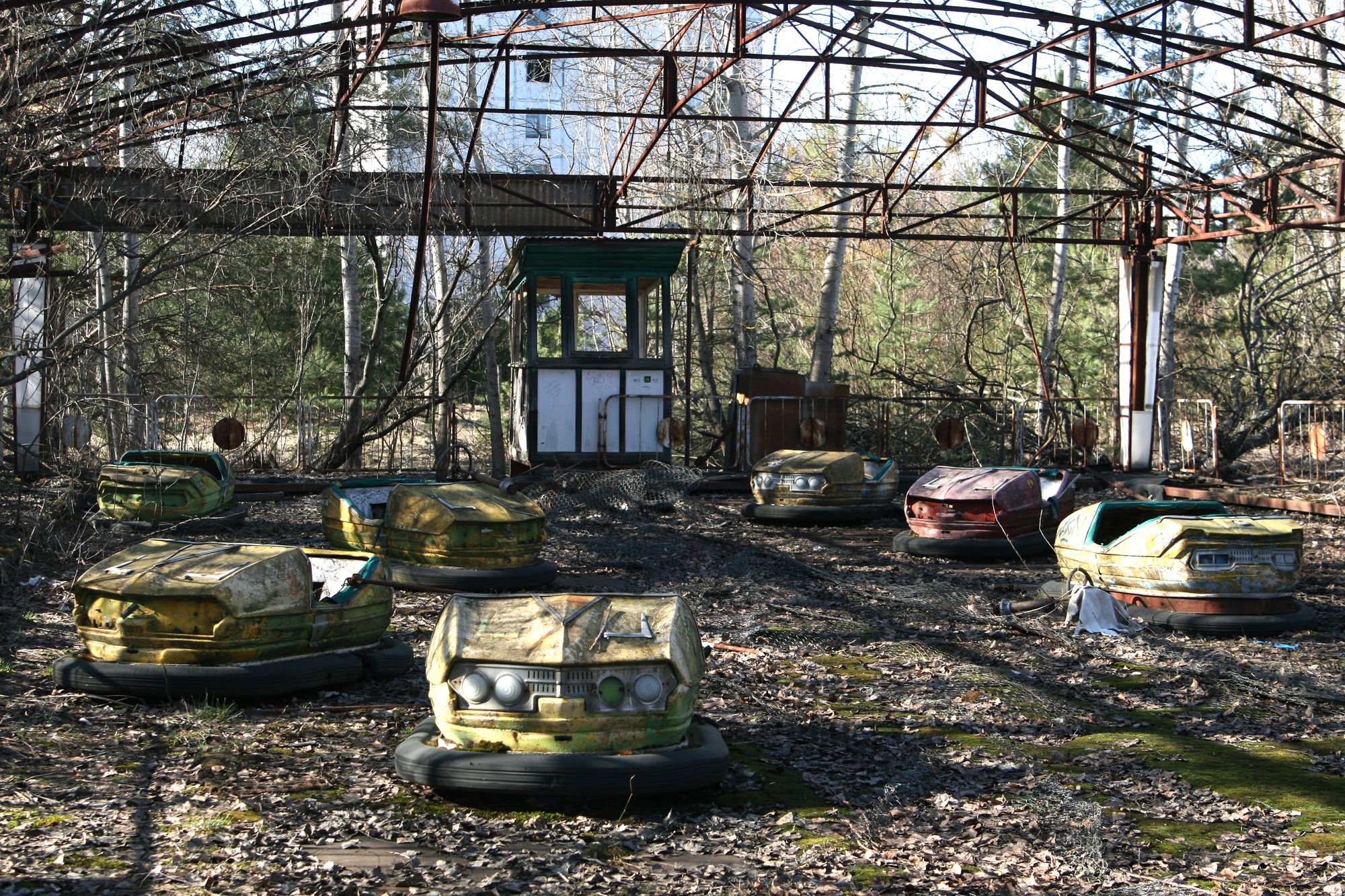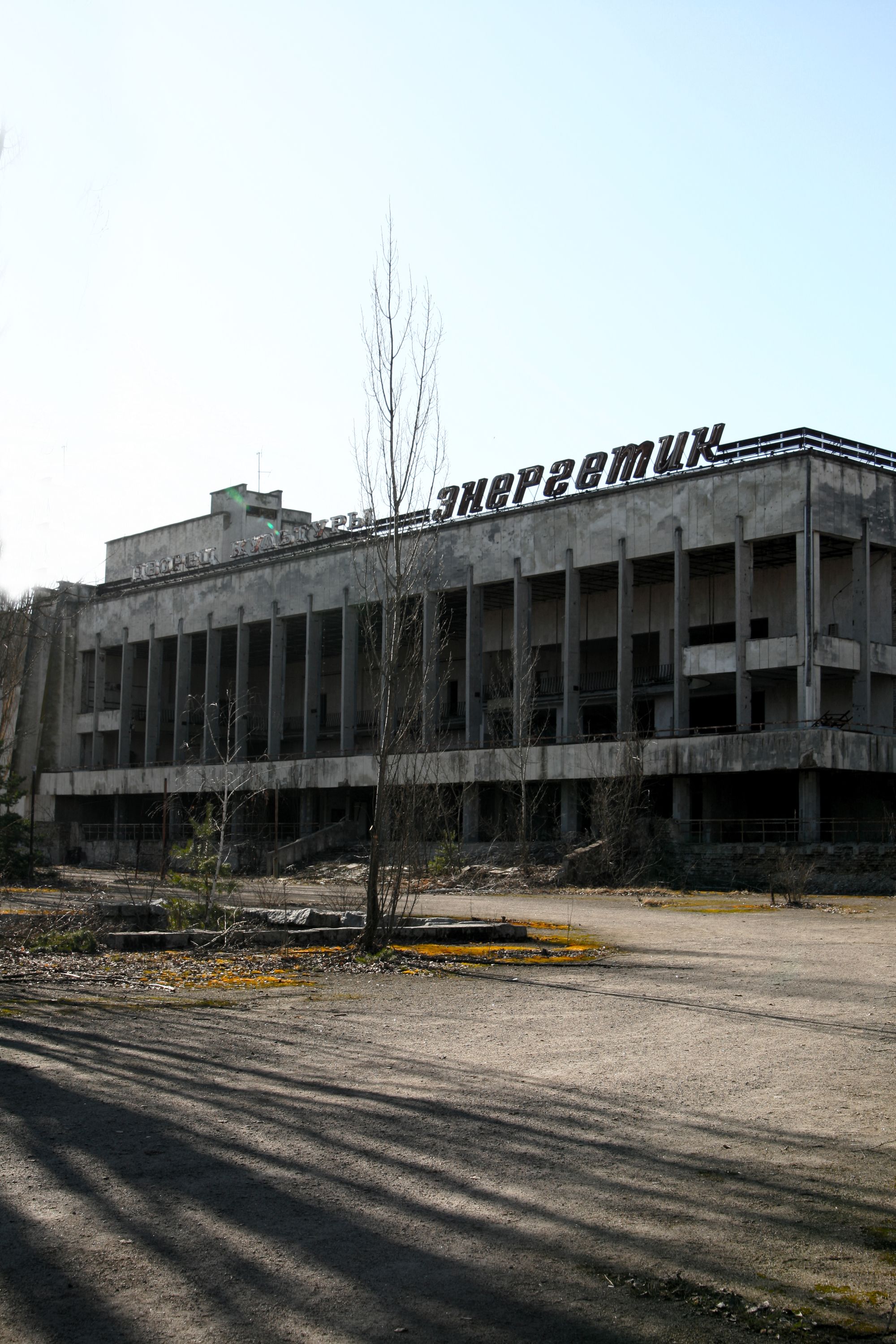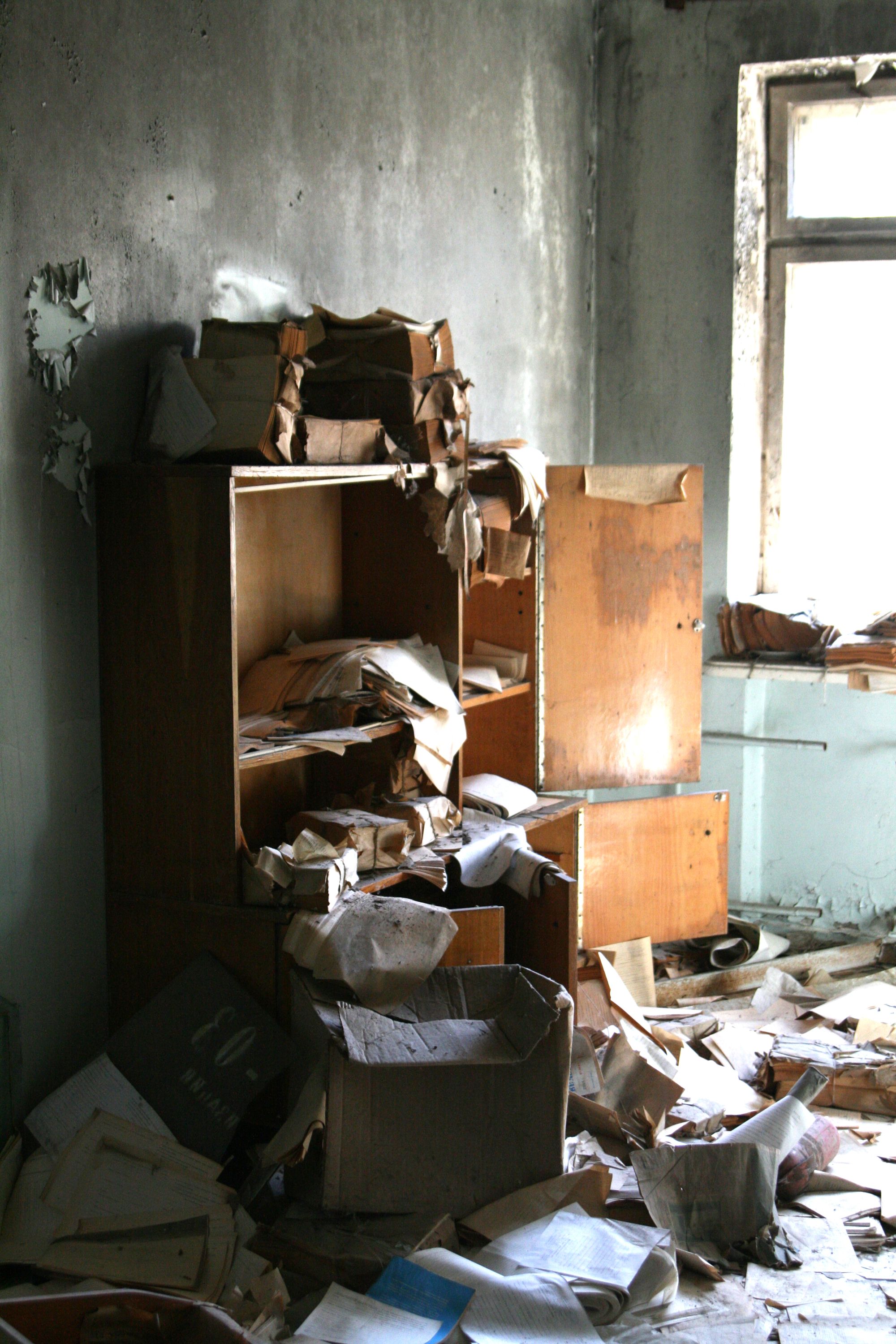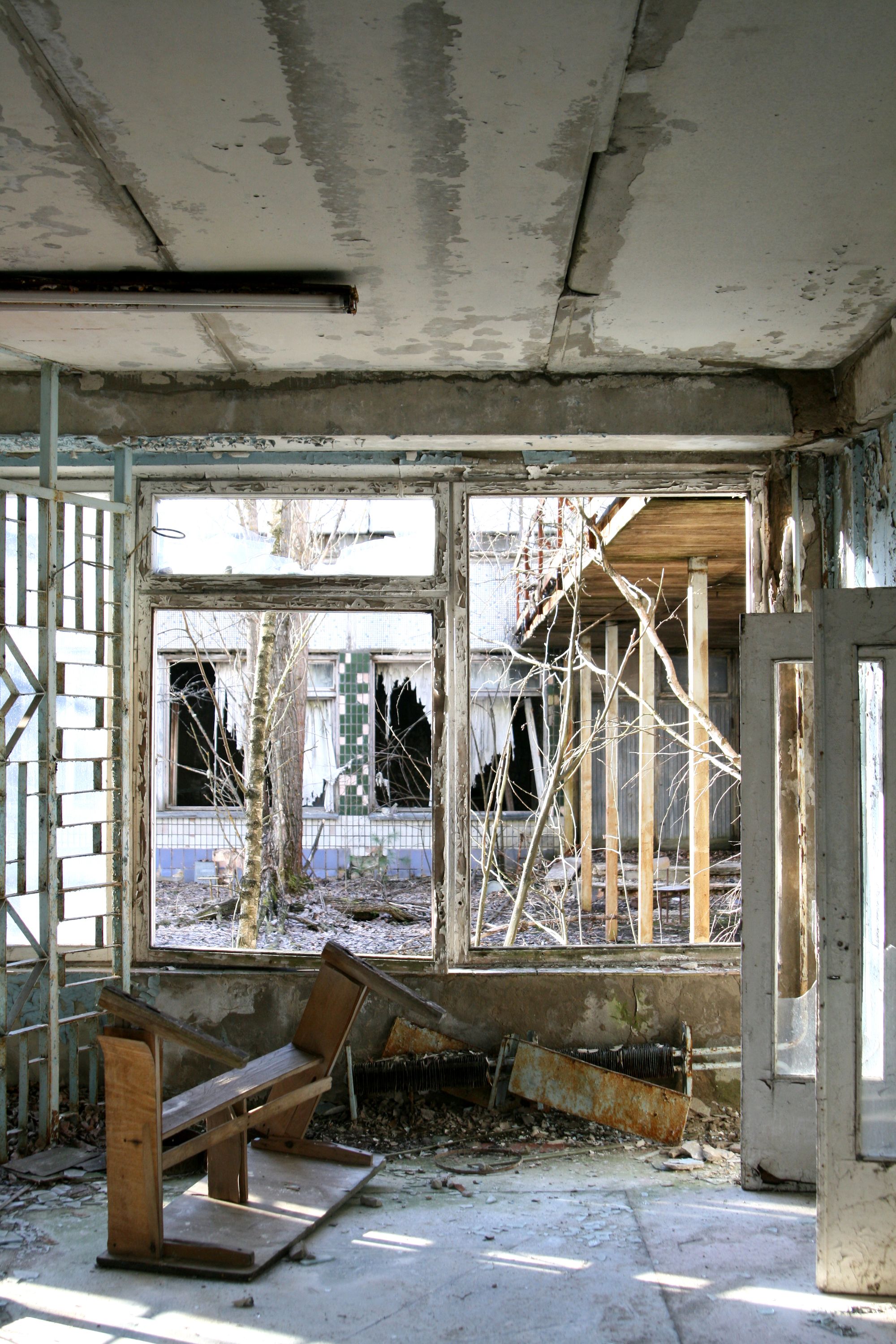By Daniel Delikatnyi, Third Year Politics and Philosophy
Delving into its difficult past, Daniel Delikatnyi explores the aftermath of the Chernobyl disaster.
As the new HBO and Sky Atlantic series about Chernobyl hit our the screens on the 7th of May, it seems relevant to reflect on one of the most tragic nuclear disasters in the history of the world.
On the 27th of April 1986 the Pripyat Amusement Park opened prematurely, the pride of the town. Pripyat was considered a very progressive piece of Soviet expansion with fantastic infrastructure and an amazing array of modern facilities. The Kremlin did not spare a ruble on projects related to nuclear power. Perplexed and suspicious the public thought the park was supposed to open its doors on the 1st of May (Labour Day). Yet here they were, children enjoying the bumper cars and the Ferris Wheel, but the curious ones were more interested in the flames coming from the Chernobyl Nuclear Power Plant. People shortly started to show signs of radiation sickness with reports of severe headaches, coughing fits and a metallic taste at the end of people’s tongues.
Nothing concrete from Moscow
The opening of the fun park was in fact a distraction, orders from officials higher than local authorities. The radiation could not be contained as it shot through the, now famous, "Red Forest" for 36 hours seeping into Pripyat’s tower blocks before dozens of buses arrived to evacuate the puzzled townsfolk as they were told they only have 3 hours to collect their belongings. The level of urgency from social services was not proportionate to the sheer level of danger posed by the amount of radiation coming from the exploded reactor. Residents were still kept in the dark, being advised to take potassium iodide pills to help radiation sickness but simultaneously being reassured of a swift return home. The town’s officials were following orders from Moscow and were as clueless as the public. It was the authorities right at the top, who delayed releasing an official statement determining the real effects of that amount of radiation. They only did so on the 28th of April after Sweden said that they were preparing an alert statement for the IAEA. This postponement of a cautionary report, not only to the people of Pripyat but to the rest of Ukraine and Europe about the severity of the situation, indirectly has cost the lives of thousands of people.






Match in the powder barrel
The World Health Organization states that there was a “lack of reliable information provided to people affected in the first few years after the accident, there was widespread mistrust of official information and the false attribution of most health problems to radiation exposure from Chernobyl”. This level of governmental obscurity, being ripe in the Soviet Union, to do with Chernobyl, the reaction to which could be said to have contributed to the breakup of the USSR.
Featured image: Epigram / Daniel Delikatnyi
Have you been to a disaster zone? Let us know!









